
The Poison X-Alps seems to have a dual purpose: with a 'semi-light construction' it is aimed mainly at adventurous XC pilots while also hoping to attract pilots from hike-and-fly racing. Based on the wing Paul Guschlbauer and Stephan Gruber used in the Xalps 2015 (Skywalk Xalps 2), it has an impressive pedigree. Within the lightweight Performance Class, it has a philosophy of 'slightly heavier, slightly bulkier, more performance' construction, shared by the Gin GTO2 and Ozone's LM6. But with 80 cells and mini-ribs all along the trailing edge, the Poison X-Alps shows the greatest dedication to reducing drag.
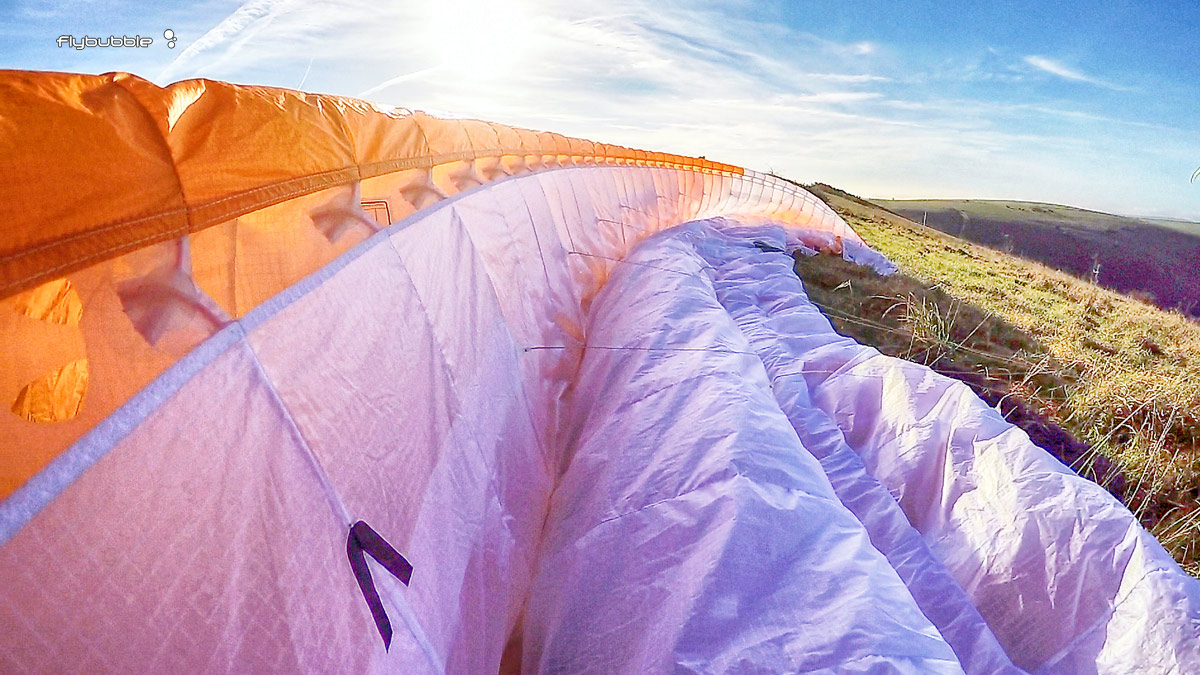
It has a slim leading edge (reduced camber) and a small stepped shark nose, somewhere between the pronounced GTO2 and the shallow Omega Xalps. Skywalk say the XS is 4.0 kg. Our scales say 4.2 kg.
All lines are unsheathed, as would be expected from a lightweight design optimised for performance. The risers seem complicated at first, due to the twin lines running through rings to offer the 'speedbrake' effect allowing for proper rear riser control on this three-liner design. This riser pulley system is a better design for controlling pitch than offered on the GTO2 and Omega Xalps because on both of those three liners, pulling the rear risers deforms the profile. The broomstick handles seem oversized, but they are comfortable to use. It seems to have a moderate effect in controlling pitch, but not as much command as on a two-liner like the Peak 4.
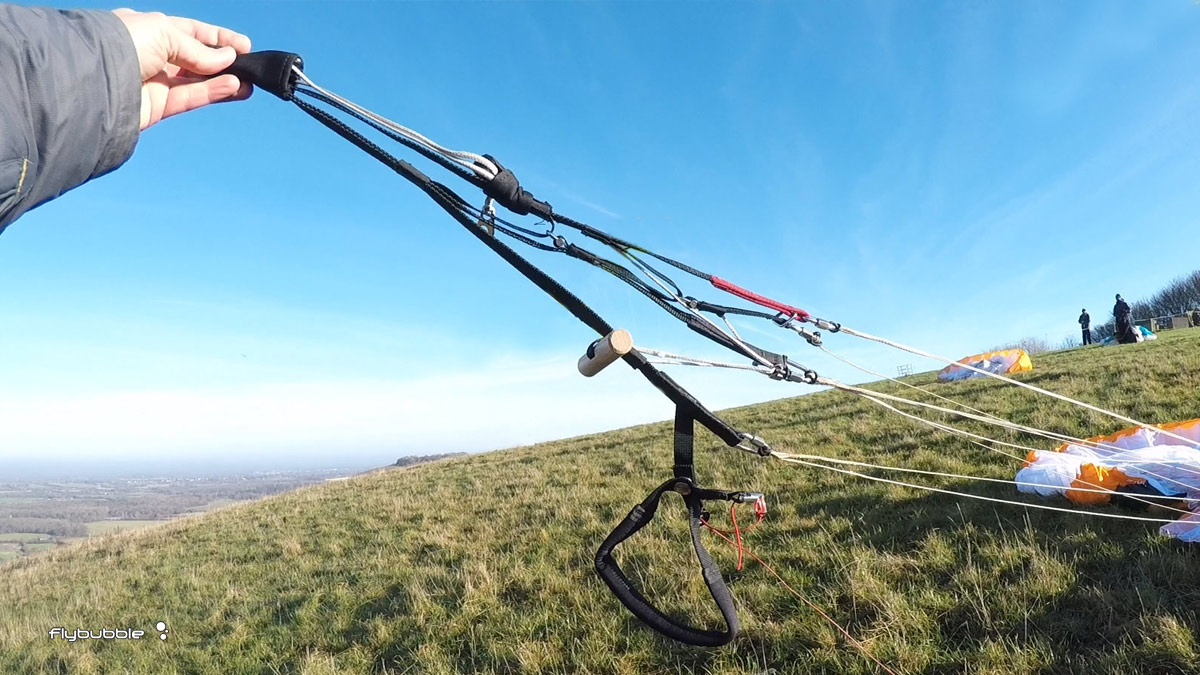
However, there is a downside to the way the riser system is connected. If you like to use rear riser control to pin the wing down or for kiting, the connected tip stack gets pulled and the tips fly over and into the lines. When trying to pin the wing down in strong wind you must take care to only pull the part of the rear riser situated above the wooden handle.
The Poison X-Alps fills surprisingly easily when you consider how small the cell openings are. It requires a continued pull on the As to get it to climb in light wind.
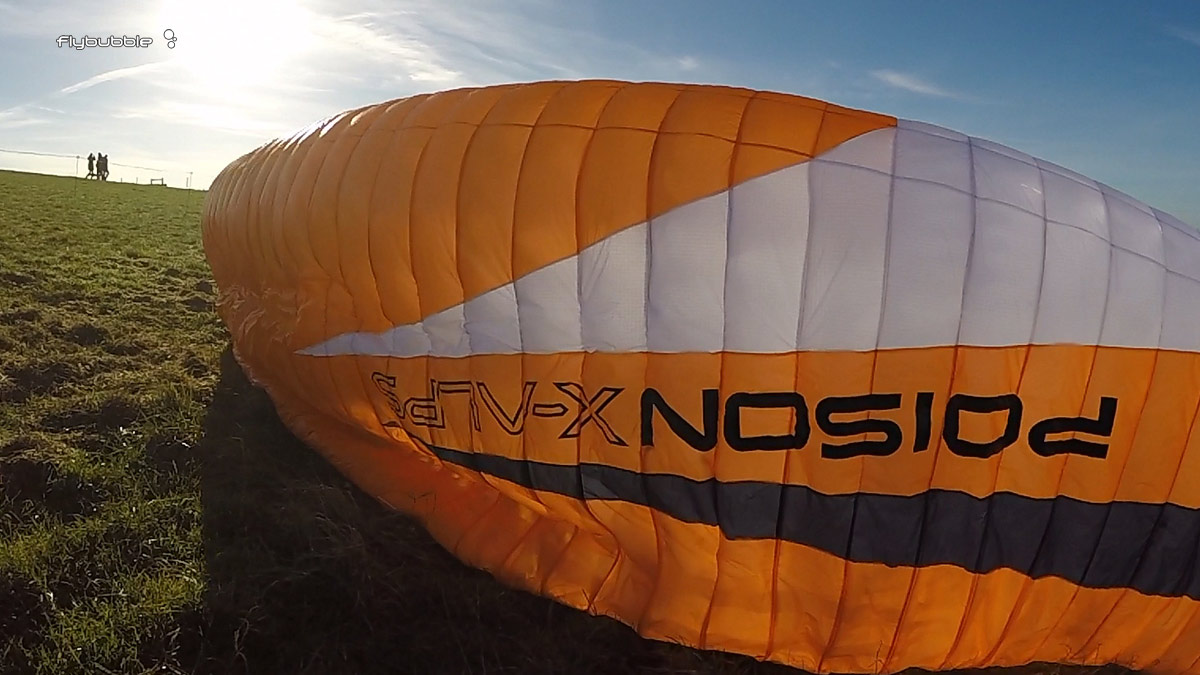
It rises a bit lethargically. Admittedly the wing was a little damp and the wind was light, but the lazy pullup was noticeable in comparison to an Omega Xalps which floated up and pulled at the top point. The Poison X-Alps, by contrast, seems to generate less lift on the ground, and likes to drop back from 60 degrees if you're sloppy on the brakes. I found the wing yawing more during skew pullups. It clearly needs more developed launching skills to be in harmony with this wing, and is the most challenging in the class.
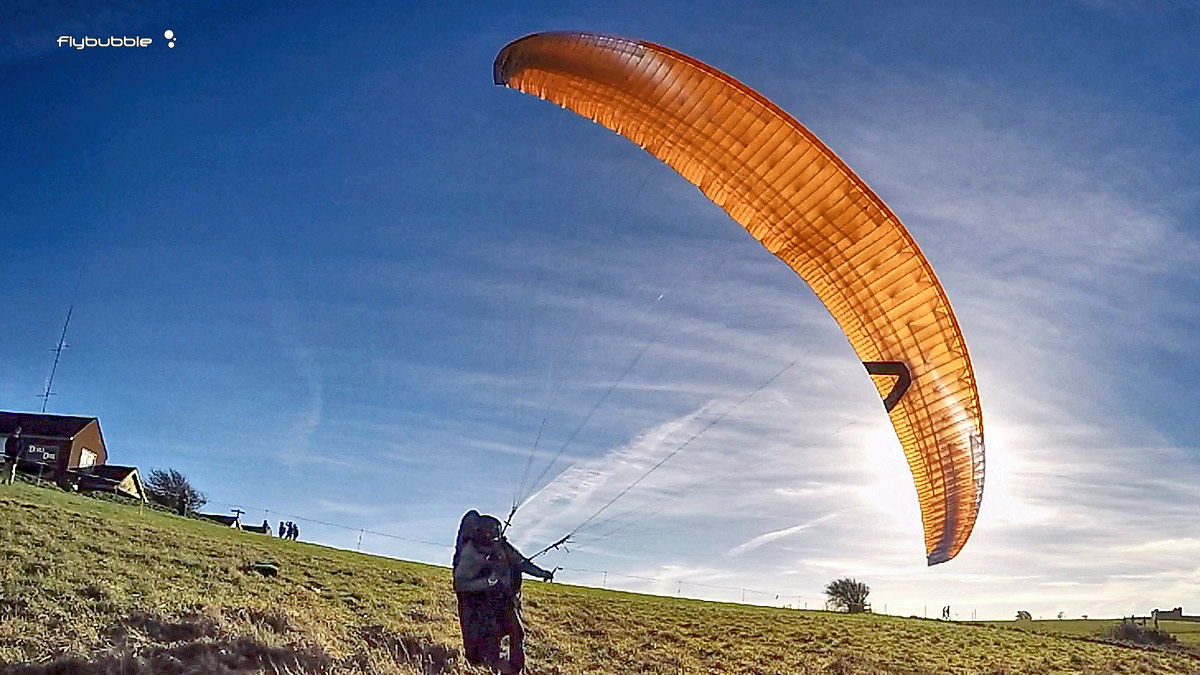
Once up, it is nicely balanced and pitch stable. It has good collapse resistance when allowed to search ahead of the pilot on launch: the nose remains nicely pressured. It also 'pulls forward' less than the Omega Xalps and is faster to stall down, making your timing of the 'turn and go' less critical. This also bodes well for collapse resistance, although I had nothing to test that with other than a few bumps from glider wake.
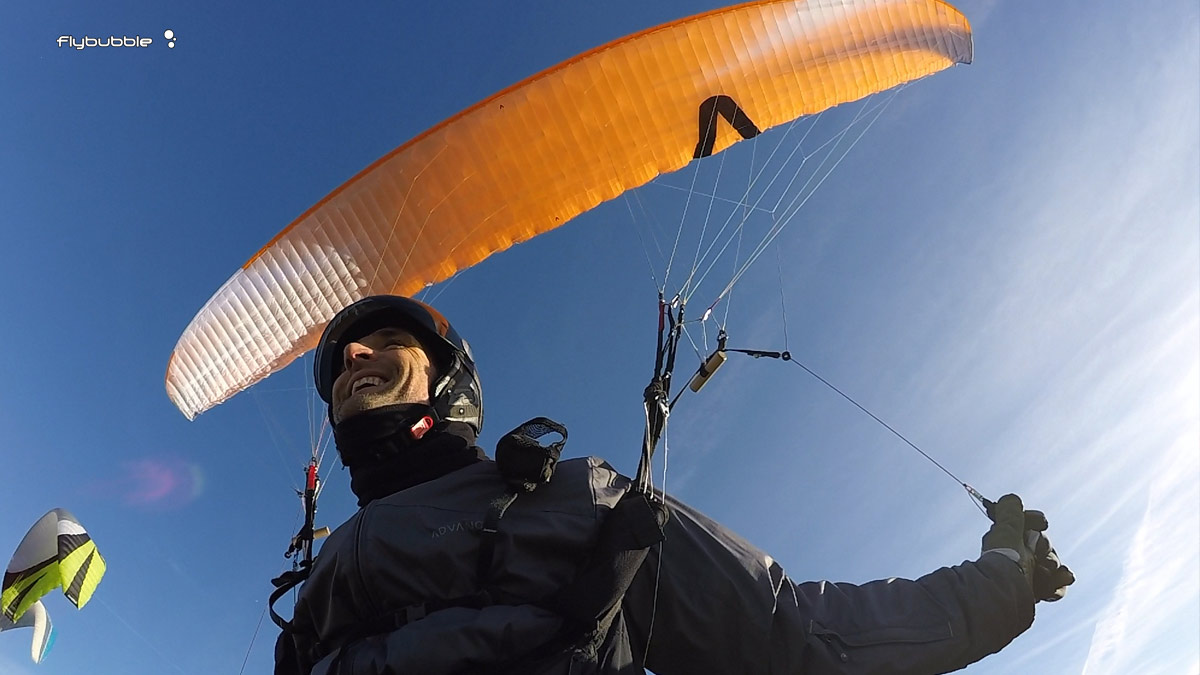
In the air, it does not have as much retained energy to manage as the Gin GTO2, and is somewhat smoother and calmer in the air, reminiscent of the Cayenne 5. But it's a different beast to the Omega Xalps, which is more steady and feels like an EN B by comparison. The more sensitive Poison Xalps is nicely tensioned and cohesive with a very clean cut canopy.
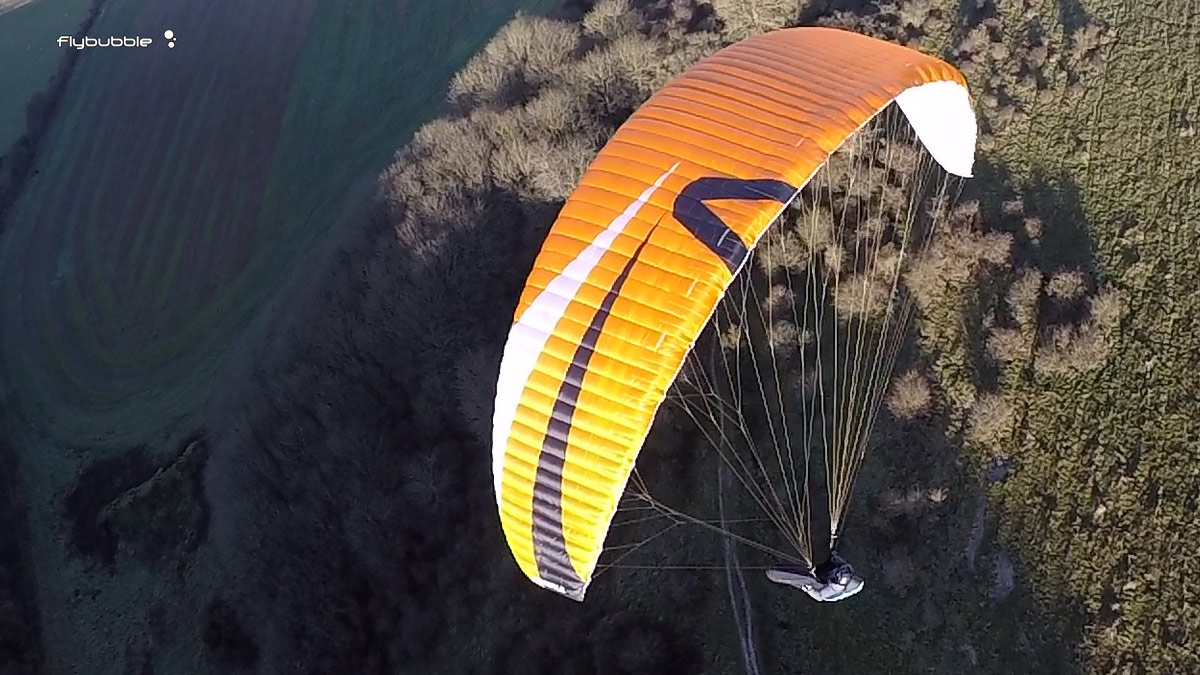
I suspect the Poison X-Alps will come alive in thermals where the increased feedback could provide added 'connection' with the air. The brakes engage soon, after roughly 15 cm, offering handling that feels slightly elastic, without any 'hook or grab' in the turn. The sweet, responsive but not sharp turn also reminded me of the Cayenne 5, although there's far less tolerance for a strong input on the lifted side. I found the spin point with ease, earlier than expected. This is one wing which will bite if you punch your way into a tight core. The spin has a slippery feel and the wingtip peels back fast. I expect it's going to be a workout in strong leeside cores, but as my experience is limited to winter soaring conditions I'll reserve judgement until summer.
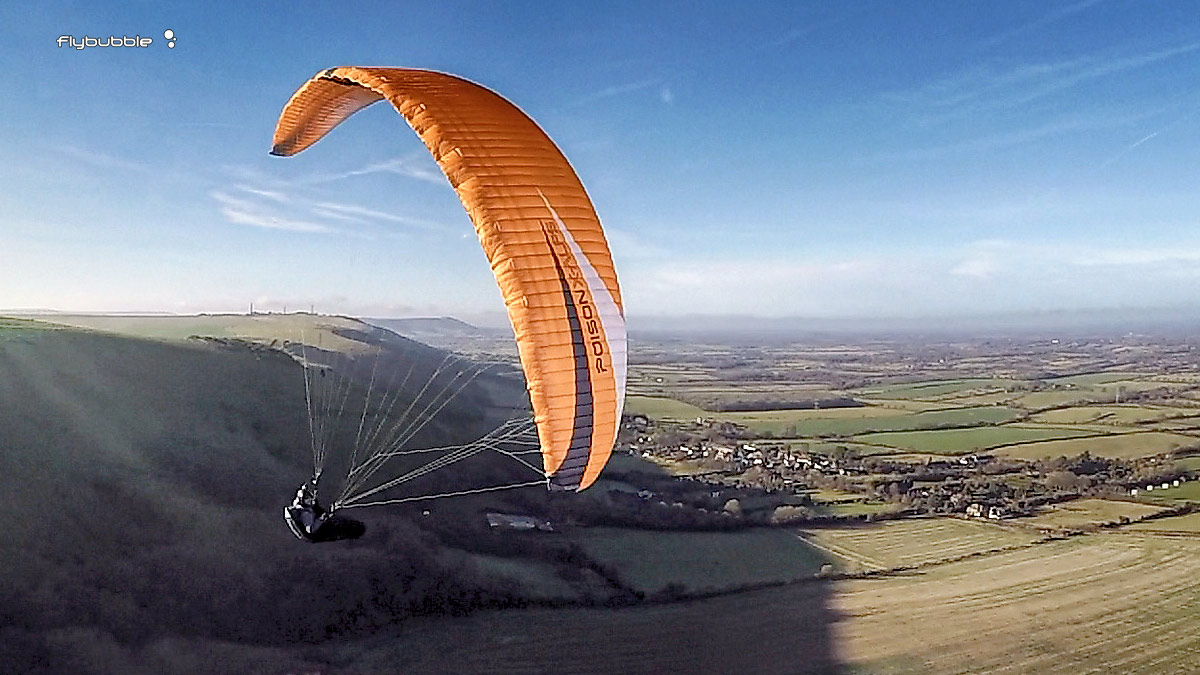
The spin behaviour was also noticeable when side-landing from a skew approach - both Carlo and I (flying at close to the upper weight limit) felt it is unforgiving of asymmetric brake input at low speeds. If you're straight, the stall point is soft and smooth, and arrives early. It's not a sharp bite, and it is easy to feel the stall point and get the wing to restart straight away, but the spin and stall tolerance is low. This is not a problem for pilots with the right skill set, but it makes the wing less accessible for 'first time D' pilots.
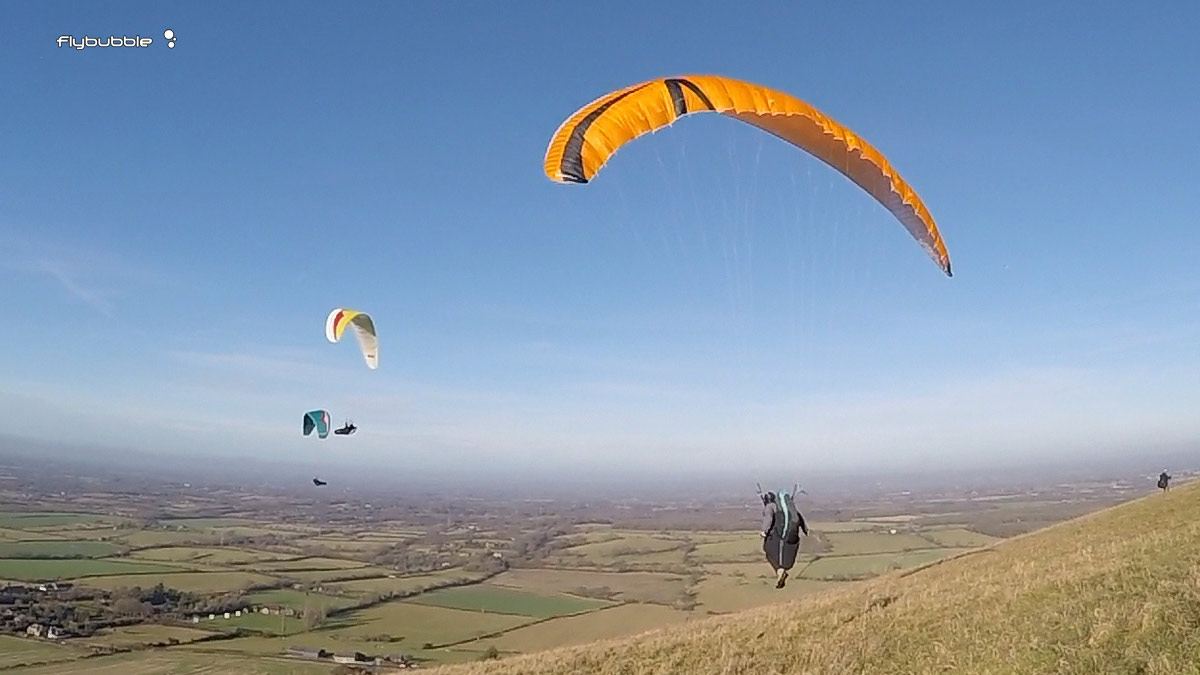
Where I expect the Poison's advantage lies, is in gliding performance at speed but I could not test this. It's apparently difficult to exploit the full speed range in rough conditions. What I could see, in very weak lift, was no noticeable difference between Omega Xalps 22.8m² and Poison X-Alps 21.5m² when operated at trim speed with similar pilot weight. They had similar speeds (slightly faster than most of the traffic) and both had excellent sink rates. The weight range Skywalk have set produces a higher loading (per m2) than any other wings in the category (the same sized wing at roughly 10kg more).

First Impressions of the Skywalk Poison X-Alps
Bear in mind that this is a 'first flight review' with limited airtime in winter conditions.
If you're looking at this wing you're one of two kinds of pilots: either you are focussed on hike-and-fly racing, where every gram counts (you'll likely be interested in the Omega Xalps or Niviuk Klimber P); or you're an advanced XC pilot who wants light equipment with long-lived performance (in which case you'll be drawn towards the GTO2, LM6 or the Poison X-Alps). The Poison X-Alps might last slightly longer, as it has the most reinforcing and 32g fabric across whole top surface. It also caters best for small pilots with the lowest certified start weight and wing size combination (21.5m2 XS 65-90kg).

The spin resistance and launch behaviour could be improved, but the feel in the air and performance might compensate for this. It remains to be seen how it behaves in strong thermic conditions and in a competition environment, but it's certainly worth considering if you're trying to match the high performance philosophy of a faired pod harness. The slightly elevated pilot demands push the Skywalk Poison X-Alps to the top of its class.
More info on the Skywalk POISON X-ALPS
PILOT FEEDBACK
Alistair Andrews: "Hey, just read your piece on the Skywalk Poison. I've spent a month flying one in strong mountain conditions. I'd agree about everything you've written."
TECHNICAL SPECS COMPARISON
|
Flat surface (m2) |
23 |
22.8 |
22.9 |
23.3 |
22.5 |
|
Aspect ratio |
6.99 |
6.90 |
6.99 |
6.92 |
6.95 |
|
Certified takeoff weight (kg) |
85 - 105 |
75 - 95 |
80-95 |
80-95 |
70-90 |
|
Number of cells |
80 |
63 |
65 |
66 |
66 |
|
Glider weight with std risers (kg) |
4.4* |
3.4 |
4.1 |
4.0 |
3.4 |
* based on XS size weighing 4.2kg
Poison X-Alps XS (65-90) flown with Supair STRIKE harness (ultralight pod) at 87 kg for 1 hour in light winter soaring conditions at 200m ASL, 11 degrees C.
